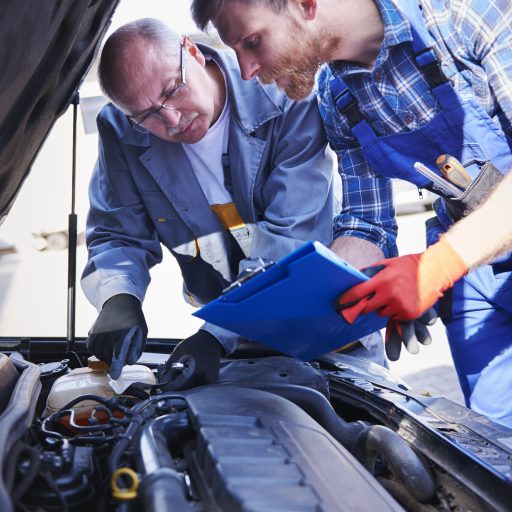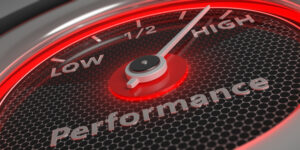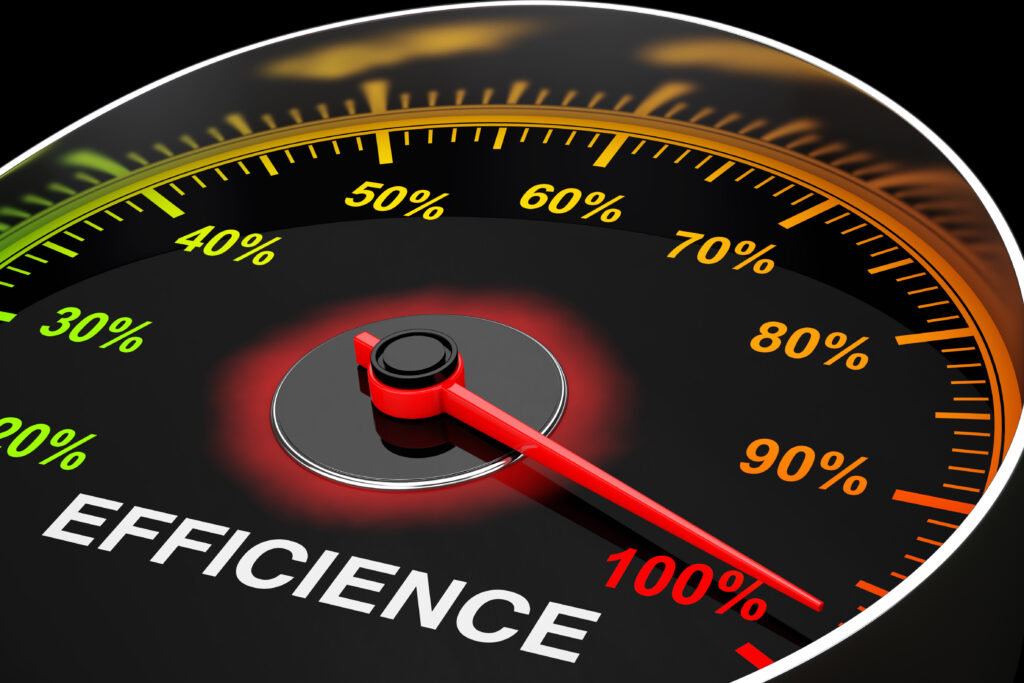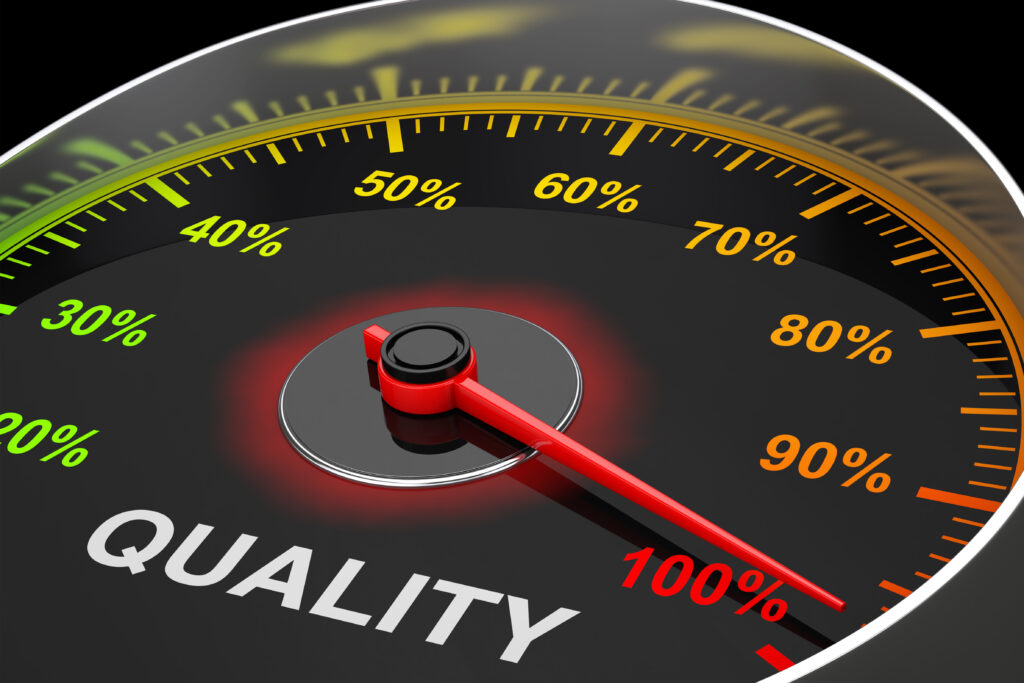what is 1000 horse power Diesel engine

Discover the robust 1,000-horsepower diesel engine that powers your toughest tasks.
Basically let’s discuss what the horsepower of an engine is and how important it is to the engine. Hopefully, your knowledge of determining horsepower or engine power will increase.
In engines, horsepower is essential because it determines the overall performance of a vehicle, including its speed, acceleration, and towing capacity. Higher horsepower means the engine can do more work, allowing for greater power and performance, which is especially important in high-demand applications like heavy-duty trucks, sports cars, or industrial machinery.
1000 horse power diesel engine is basically a heavy marine diesel engine. Which is also used in peaking electricity production? The amount of power an engine produces is expressed in horse power, i.e. IHP, BHP, and FHP.
Engine performance:

In an internal combustion engine, the ability to intake air and fuel for combustion, produce heat, and convert thermal energy into mechanical energy is called engine efficiency. It is important to consider the following points to understand the proven performance of the engine. Namely:
(1) Horsepower
(2) Engine efficiency
What is horsepower?
The ability to move 75 kg meters per second or 4500 kg meters per minute is called one horsepower. Three types of horsepower are calculated in the case of engines.
(a) Indicated Horsepower: The total power produced by the combustion of fuel in the engine cylinder is called Indicated Horsepower (I.H.P.). The Indicated Horsepower or I.H.P. is determined with the help of the following formula.
I.H. P=PLANK/ 4500
Where,
P = Effective mean pressure in engine cylinder. (Kg/cm²)
L = Length of stroke (m)
A = cross-sectional area of each cylinder. (cm²)
N = r.p.m.
K= number of cylinder
(b) Brake Horse Power: The usable power available from the crankshaft or fly wheel of an engine is called brake horse power or B.H.P.
There are several formulas for diagnosing B.H.P. Which formula is used where depends on the information received. E.g. 2πΝΤ if B.H.P is measured with a dynamometer
B.H.P = 2πNT/4500
Here N = rotational speed of shaft per minute
T = Torque obtained in test.
(c) Frictional horse power (Frictional horse power): The energy produced inside the engine cylinder due to fuel combustion is lost in friction on the way to the flywheel and for operating the various parts of the engine is called frictional horse power or F.H.P. is called.
F.H.P=I.H.P – B.H.P
Efficiency:
The ratio of the power obtained at the output of an engine or machine to the power applied to the input is called efficiency. While various skills are accounted for in the engine, the following skills are of particular importance. Namely-
(a) Mechanical efficiency (Mechanical efficiency): The ratio of the power (B.H.P.) obtained from the crank shaft or flywheel of the engine and the power produced inside the cylinder (I.H.P.) is called mechanical efficiency. It is expressed as a percentage.
B.H.P Mechanical Efficiency 1m = LH.P × 100%
Thermal efficiency: The amount of heat absorbed by an engine into work is called the thermal efficiency of the engine. That is, the ratio of heat converted to work and heat absorbed is Called thermal efficiency.
Thermal efficiency:
ηt = heat converted into work/ Applied heat
=W/JQ*100%
Where, W= done work
Q= Applied heat
J= mechanical equivalent of heat
Given horsepower, amount of fuel used, calorific value of fuel, etc., the formula for determining thermal efficiency is:
The formula for determining thermal efficiency is
Thermal efficiency: ηt = [HP 4500 / Wf* CV* J ]*100%
Where, HP = horse power produced in the engine
Wf = weight of fuel (kg)
CV = calorific value of fuel (kcal/kg)
J= mechanical equivalent of heat.
c) Volumetric efficiency: Air or fuel admitted under normal pressure to the engine cylinder in the suction stroke. The ratio of the volume of the mixture (air-fuel mixture) to the actual volume of the cylinder is called atomic efficiency. Hence the volumetric efficiency is
ην= The actual volume of air entering the cylinder at normal pressure/ actual volume of the cylinder
Boost Diesel Engine Efficiency Today

Discover tips to enhance your diesel engine’s efficiency and performance effortlessly!
Definition of Efficiency: The ratio of power obtained to power applied in an engine or machine is called efficiency. In short, it is the ratio of output to input.
Efficiency Used in Internal Combustion Engines (Different Types of Efficiency in IC Engines):
In the case of internal combustion engines, the following types of efficiencies are used. Namely:
- Air standard efficiency
- Indicated thermal efficiency
- Brake thermal efficiency
- Mechanical efficiency
- Relative efficiency
- Volumetric efficiency
- Scavenging efficiency
- Charge efficiency
- Combustion efficiency
Air Standard Efficiency:
Air standard efficiency, also known as thermodynamic efficiency, is essentially the ratio of the compression ratio and other relevant parameters. It represents the maximum efficiency that an engine can theoretically achieve.
Thermal Efficiency (Thermal Efficiency): The ratio between the produced energy or power output and the inherent energy of the supplied fuel is called the thermal efficiency or thermal efficiency of the engine. Note that the entire heat generated by the fuel is not converted into useful work in the engine. Most of the heat is extracted without any use through various systems of the engine such as cooling system, lubricating system, exhaust system etc. Therefore, excluding the heat consumed and extracted in various systems in engine operation, the thermal efficiency of the engine is very low as the amount of heat used only for essential work is much less.
The ratio of brake horse power (B.H.P) to the thermal power of the fuel plane required to produce that horse power is called brake thermal efficiency.
Mechanical Efficiency: Mechanical efficiency is the ratio between the power received at the engine’s flywheel (B.H.P) and the power produced in the engine (I.H.P). This is also referred to as mechanical efficiency. The formula for mechanical efficiency is the ratio of
η = B.H.P / I.H.P.
Mechanical efficiency depends on the following factors:
- Engine design
- Piston speed
- Rotational speed
- Engine cooling temperature
- Quality and amount of the lubrication system
- Fitting and alignment of various parts
- Measurement accuracy during parts preparation.
Relative Efficiency: Relative efficiency is the ratio of thermal efficiency to air standard efficiency at the same compression ratio. There are two types of relative efficiency:
- Indicated relative efficiency
- Brake relative efficiency
Volumetric Efficiency: Volumetric efficiency is the ratio between the actual amount of air and fuel mixture absorbed in the engine cylinder at normal temperature and pressure (NTP) and the total volume of the cylinder (swept volume). In I.C. engines, volumetric efficiency is usually less than one. However, in the case of supercharged engines, there is an exception where the volumetric efficiency value can be greater than one. The higher the volumetric efficiency, the greater the power output of the engine.
Formula for determining volumetric efficiency:
ην = Volume of mixture or air entrained in cylinder on suction stroke/ Swept volume or piston displacement of engine
Scavenging Efficiency: Volumetric efficiency is not applicable to two-stroke engines. In this case, scavenging efficiency is used instead of volumetric efficiency. The ratio of exhaust gas expelled to fresh charge entering the cylinder is called scavenging efficiency.
Overall Efficiency: The power supplied to the engine relative to the required work received at the engine crankshaft is called overall efficiency. It is the ratio of the thermal energy generated by the fuel to the power output of the engine.
Formula for determining overall efficiency-
OVER ALL EFFICIENCY WORK DONE ON CRANKSHAFT/HOUR HEAT ENERGY OF FUEL/HOUR
= BHP x 4500 × 60* IHP x 4500 x 60/ 1HP × 4500 × 60 WfcvJ
Where,
W₁ = fuel consumption per minute (kg)
Cv = calorific value of fuel (k. cal/kg)
J = mechanical equivalent of heat.
Charge Efficiency: Charge efficiency indicates how well the piston displacement of a four-stroke engine is utilized. Factors affecting charge efficiency include the following:
(i) Compression ratio
(ii) Amount of heat absorbed as the charge flows through the intake manifold
(iii) Valve timing of the engine
(iv) Amount of obstruction encountered while flowing through the intake manifold
Combustion Efficiency: Combustion efficiency refers to the ratio of the actual heat emitted from the fuel to the theoretical heat that the fuel is supposed to emit. Due to condensation or lack of oxygen, the fuel may not release as much heat as it theoretically should. A properly adjusted engine typically has a combustion efficiency of 92% to 97%.

